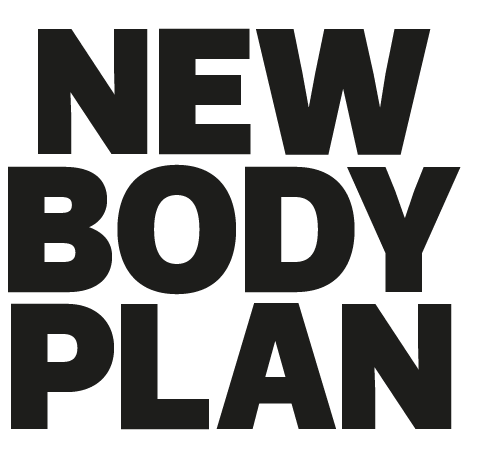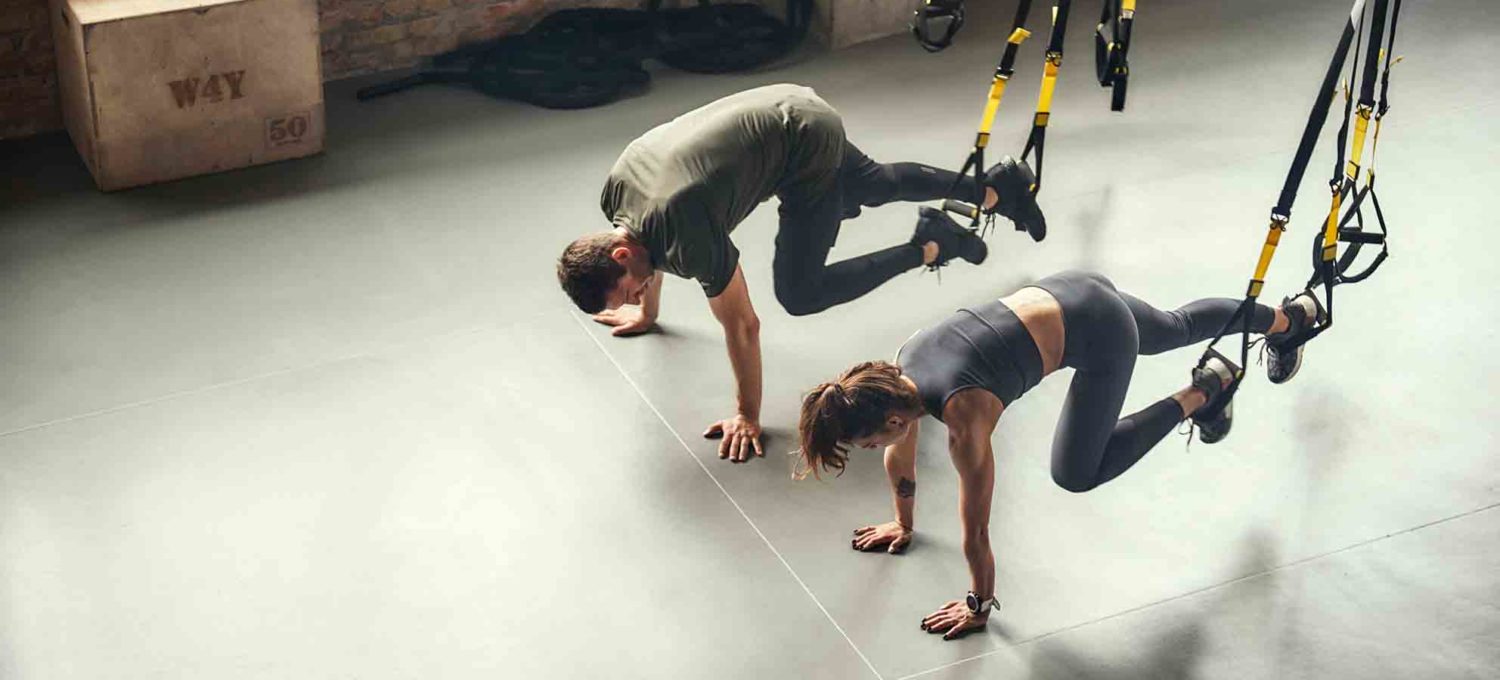How many exercises should you do each workout?
What’s the optimal number of exercises to include in a workout? Our expert guide tells you everything you need to know
The first thing to understand when you’re thinking about how many exercises you should include in a workout is that there is no perfect number. It’s not the case that five exercises is optimal and the further you get from that figure the worse your workout becomes. You should see that as a positive thing because it means you have lots of potential ways to construct your sessions. The flexibility will also help you to keep your workouts fresh and your mind and muscles engaged.
Find your perfect fat-loss plan!
Take the New Body quiz!
The number of exercises you include in a session is one of the key workout variables at your disposal. Your ability to intelligently manipulate these variables to train smarter will determine how much progress you make, so it is worth understanding the basics.
This guide will give you all of the information you need to be confident that you’re making workout design decisions that maximise the return on your training efforts.
How many exercises should you include in your workout?
Run through our expert checklist to identify the right number of moves for your goal
What’s your health and fitness goal?
Understanding what you want to achieve is the first step in realising your goal. For example, you may need fewer exercises for a good fat-loss workout than you do for a muscle-building session. That’s because the main aim of a fat-loss session is to use as much energy as possible, which you can do effectively with a four-move circuit. If you’re doing a muscle-building session where you’re targeting your chest and back, on the other hand, you’ll probably need to use more than four moves to properly fatigue the target muscles.
How long have you got to exercise?
Generally speaking, the shorter the workout, the fewer the moves. This is partly a practical thing to save time. The fewer exercises you have, the fewer items of kit you need to manage. You probably also need to do fewer warm-up sets. You’ll generally want to do at least three sets of an exercise in order to fatigue the target muscle and make the most of the move. If you’ve only got 20 or 30 minutes, it doesn’t make sense to try to do eight or ten moves because you’ll only have time for one or two sets.
How much training experience do you have?
This is significant because experienced exercisers tend to have a greater work capacity than people who are new to fitness. If you have a decade of training under your belt you’ll have built up a good level of strength endurance so you’ll probably need a longer workout and more exercises to create a sufficiently challenging session than someone who has just started working out.
What equipment do you have access to?
If you have a well-equipped gym at your disposal, you might do a broader range of exercises than someone who just has a pair of dumbbells. This won’t automatically be the case but a broad range of kit means you can be very specific about your exercise selection. If you’re limited for kit and you only have a set of dumbbells you might stick to moves that give you a big bang for your training buck, such as lunges, goblet squats and shoulder presses, and you might do a higher number of sets to compensate for the narrower range of exercises.
How to select the right number of exercises for your goal
Here’s how your main training aim should influence how many exercises you do
The optimal number of exercises for fat loss
The great thing about fat-loss workouts is that there is so much potential flexibility. Your main aim, however, assuming you’re not carrying any injuries or underlying heath conditions, is to make them short and intense. That’s the most efficient way of exercising to shrink your waistline. It therefore makes sense to pick compound (multi-joint) moves over isolation (single joint) ones. One good way of picking fat-loss moves is to alternate between upper and lower body exercises. You could also pick one exercise for each major muscle group and do them as a circuit. The point is that you can get a great fat-loss workout with four exercises. You can also get a good fat-loss workout with six or eight moves. The important thing is that you keep the intensity level high.
The optimal number of exercises for building muscle
Muscle building is a bit more complicated than fat loss because you have to target and fatigue specific muscle groups to get the outcome you want. It also means that you’ll probably need more exercises to fully exhaust the target body part, particularly if you’re training more than one muscle group per session. The more muscle groups you train, the more moves you’ll need, so an upper-lower split, where you work the upper-body muscles in one session followed by the lower-body muscles in the next session, will require more exercises than, say, a workout where you’re only training your chest.
The optimal number of exercises for increasing strength
Strength workouts don’t necessarily need to involve many exercises. You might do an explosive warm-up exercise, such as a box jump, to get your central nervous system firing ahead of a heavy squat session, for example. And then you may add a couple of extra “assistance” exercises to complement your main move. That approach is fine although an even better one would probably include extra moves, such as some grip and core work.
Workout examples for specific exercise numbers
Another way of looking at the “how many exercises” question is to imagine what kinds of workouts would work well for specific numbers. Here are the key examples
Number of exercises: 3 or fewer
There aren’t many reasons to use this many moves but it doesn’t mean you can’t create a valid workout. The most obvious example would be a metabolic conditioning fat-loss workout, where you’re working major muscle groups as well as your cardio system by using functional exercises. These workouts tend to be short and intense and are often done against the clock.
Sample workout:
As many rounds as possible of the following moves in 15 minutes:
- 5 pull-ups
- 10 press-ups
- 15 bodyweight squats
This kind of workout is time-efficient and is useful because you need minimal kit.
Number of exercises: 4 or 5
This is classic fat-loss territory. It’s similar to the example above in that you might pick four or five moves and do them back-to-back in a circuit without rest. Sometimes using more moves can be slightly more beginner-friendly because you get a longer rest between sets of the same exercise, so your muscles have longer to recover. That said, it depends how you structure the other variables in your session so more moves isn’t automatically easier. The other workouts that might use this number of moves are individual muscle group muscle-building workouts. A chest workout, for example, might include a barbell bench press, cable crossover, chest press machine and press-ups. If you did a few sets of each of those moves you’d be able to adequately fatigue the target muscles.
Number of exercises: 6-8
This is a very common number of exercises to use. If you were doing a workout to improve your overall body composition by building muscle and losing fat, this is a sensible number. Typically in a session where you work two major muscle groups you’d do three or four moves per workout. If you did 3-5 sets of 8-12 reps of each move, for example, that session would last about an hour.
Number of exercises: 9+
There are a few reasons for using this many moves. One is if you were working two or three muscle groups and you also wanted to add in some direct abs work. You might do a chest and back session as described above and add in a three-move abs circuit at the end. Or you might do a muscle-building style workout where you use five or six moves and you then add on a ten-minute four-move fat-loss finisher to the end of the session. What you wouldn’t do if you wanted to use your time wisely is a nine-move shoulder workout because your muscles would be so tired after five or six moves that the final exercises would just be lightweight junk reps.
To find your perfect plan, take the New Body quiz!
Take the New Body quiz!
3 things I wish I’d known when trying to get lean and lose weight

